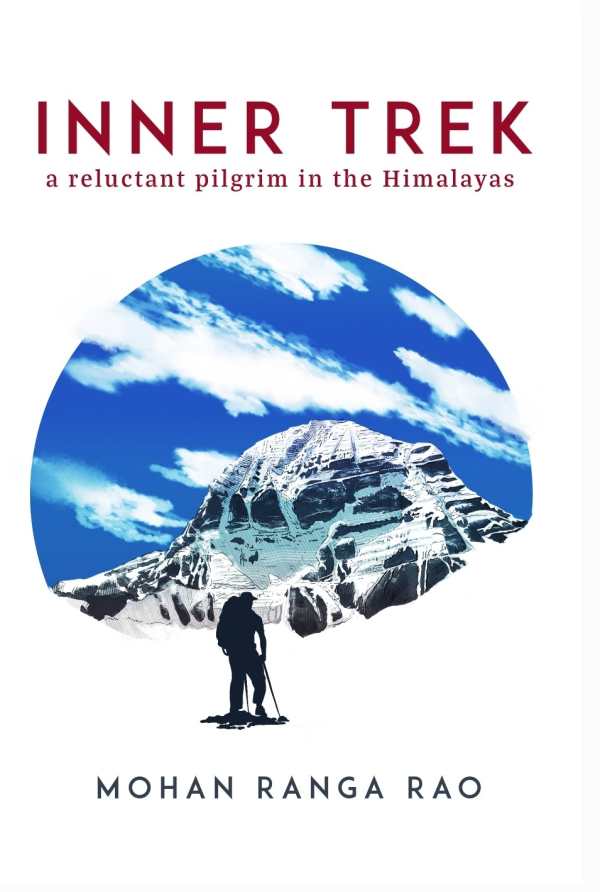
Inner Trek
A Reluctant Pilgrim in the Himalayas
The involving memoir Inner Trek covers a life-changing pilgrimage trip to the Himalayas.
Mohan Ranga Rao’s compelling memoir Inner Trek is about self-discovery and hope during a trip to Tibet.
After retiring, Rao embarked on a pilgrimage to Mount Kailash to offer thanks to the gods who saved him when he was threatened by a mob boss. Though he had visited over thirty countries and gone on other treks in the Himalayas before this trip, he writes that he never experienced a place as powerful as Mount Kailash. Still, what started out as a mere physically challenging, high-altitude trek became life-changing because of Rao’s interactions with other travelers along the way. During the weeklong trip, he fulfilled his childhood dream of seeing Mount Everest, completed a walk through Dolma La Pass, and moved around Mount Kailash on foot.
Rao describes the Mount Kailash trip in both inward and outward terms. While he came to understand himself better physically during the trip, noting his capability to adjust to new challenges and feeling a huge sense of accomplishment after reaching the Pass’s summit, there were internal changes, too: he began to realize new qualities in himself. Indeed, the book makes the surprising argument that the mountain’s vibrations have an effect on people’s brains, extending the range of received electromagnetic frequencies and activating latent structures to enable the perception of a “new reality.” This metaphysical deviation from the book’s otherwise travel-focused path is intriguing.
The sensory pleasures of Rao’s trek and the sensations experienced along the way are focal throughout this tale. But the book, which was written to go “straight to the heart, trying to keep ego out of the way,” includes prose that is not always clear. English is not Rao’s first language, as the book admits, but the decision to nonetheless present the story in that language muddies it, rather than making it feel more candid and accessible as was intended. Some of its terminology is too vague, and this nonspecificity impedes its delivery. More helpful is its seven-page glossary, which is used to explain terms in Hindi and to give a clear sense of the the Indian and Tibetan foods mentioned throughout the memoir.
Rao’s story moves with involving speed, covering the particulars of his trip in an engaging way. Though an account of physical ardor, it is a reflective text. Rao meditates on whether the trip, with its various struggles and physical demands, was worth it in the end, coming to determine that it was the “most profound and actualizing” week of his life.
Religion and friendships mark a trip to the Himalayas in the memoir Inner Trek, about a life-changing pilgrimage.
Reviewed by
Anna Maria Colivicchi
Disclosure: This article is not an endorsement, but a review. The publisher of this book provided free copies of the book and paid a small fee to have their book reviewed by a professional reviewer. Foreword Reviews and Clarion Reviews make no guarantee that the publisher will receive a positive review. Foreword Magazine, Inc. is disclosing this in accordance with the Federal Trade Commission’s 16 CFR, Part 255.
